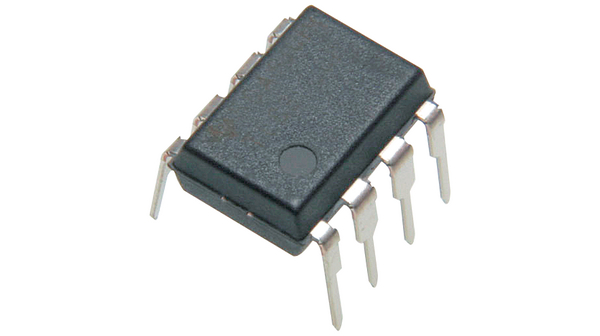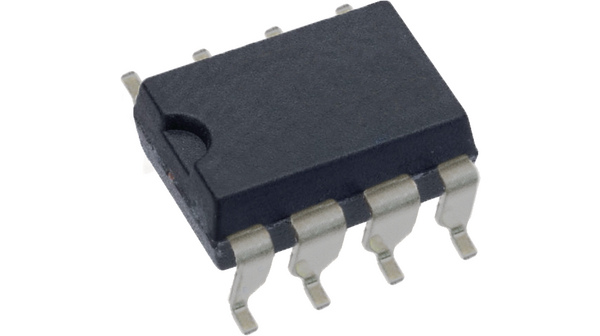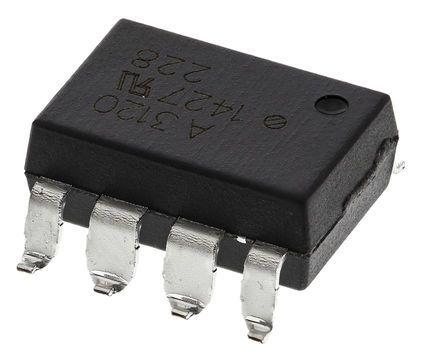ACNW261L
Broadcom optocouplers for various applications
Manufacturer: ['avago', 'broadcom']
series introduction
The ACNW261L Series is a cutting-edge family of high-speed optocouplers designed to provide robust isolation and signal transmission in a variety of electronic applications. Featuring a unique combination of performance and reliability, the ACNW261L Series stands out for its ability to maintain high data rates of up to 10 Mbps while ensuring excellent common-mode transient immunity (CMTI), making it suitable for modern communication and control systems that demand precision and efficiency.
Each optocoupler in the ACNW261L Series incorporates advanced LED and photodetector technologies, allowing for superior electrical isolation between input and output circuits. With isolation voltages of up to 5,000 VRMS, these devices ensure maximum safety and protection from voltage spikes, making them ideal for use in environments with high electrical noise. The series is designed to operate over a wide temperature range, ensuring reliable performance in both standard and harsh conditions, thus addressing the needs of diverse applications.
The compact package design of the ACNW261L Series facilitates easy integration into space-constrained environments, such as telecommunications equipment, industrial automation systems, and consumer electronics. The devices are particularly beneficial in applications that require signal isolation, such as in data acquisition systems, motor control circuits, and power supply feedback loops. Furthermore, their low propagation delay and rise/fall times make them suitable for high-speed data transfer applications, where speed and accuracy are paramount.
In summary, the ACNW261L Series is a versatile and reliable choice for engineers seeking high-performance optocouplers that can withstand the rigors of modern electronic environments. With their exceptional isolation capabilities, high-speed performance, and compact design, these devices are perfectly positioned to meet the needs of a wide range of industries, including automotive, telecommunications, and industrial controls, making them an indispensable component in the development of next-generation electronic systems.
Images for reference

Image Preview

Image Preview

Image Preview